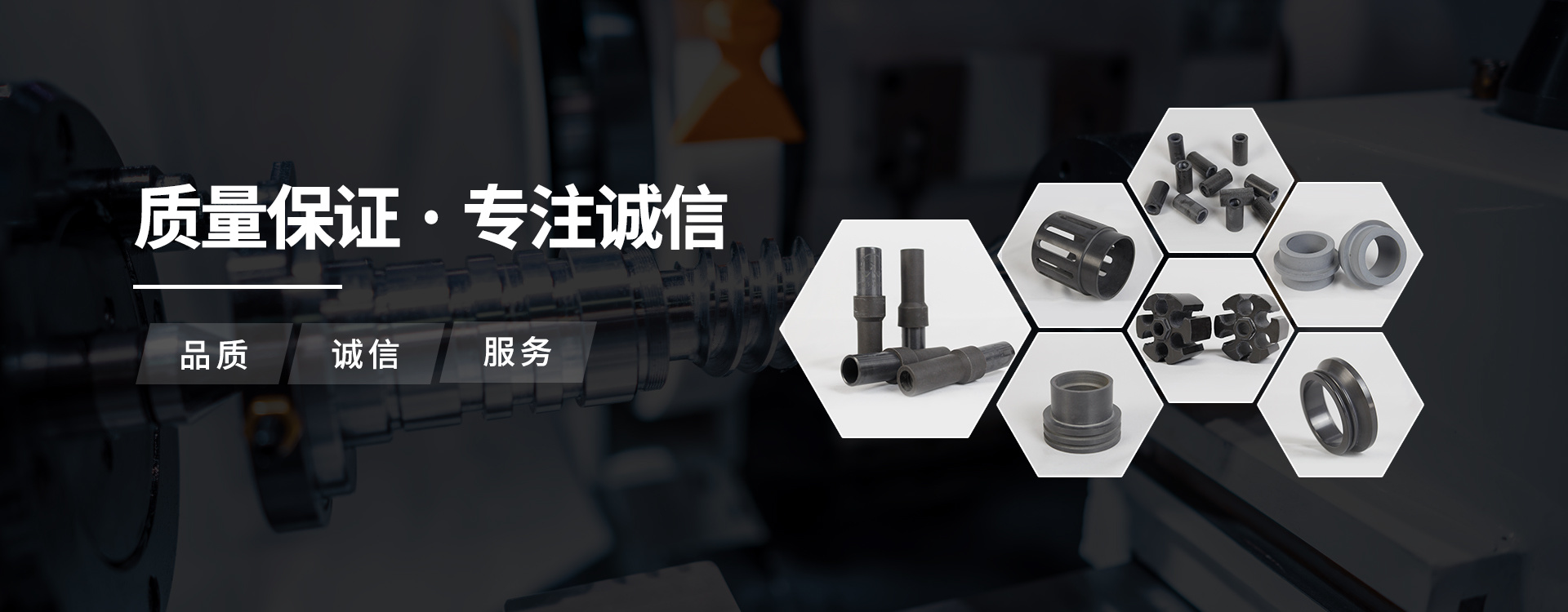
NEWS
What is special ceramics?
Release time:
2022-08-26
What is special ceramics ?

The different chemical composition and structure of special ceramics determine their different special properties and functions, such as high strength, high hardness, high toughness, corrosion resistance, electrical conductivity, insulation, magnetism, light transmission, semiconductor and piezoelectric, photoelectric, electro-optic, Sound and light, magneto-optic, etc. Due to its special properties, it can be used as engineering structural materials and functional materials in the fields of machinery, electronics, chemical industry, smelting, energy, medicine, laser, nuclear reaction, aerospace and other fields. Some economically developed countries, especially Japan, the United States and Western European countries, have invested a lot of manpower, material and financial resources in the research and development of special ceramics in order to accelerate the new technology revolution and lay a material foundation for the development of emerging industries. It has developed very rapidly and has made great breakthroughs in technology. Special ceramics are playing an increasingly important role in modern industrial technology, especially in high-tech fields. At the beginning of this century, the international market size of special ceramics is expected to reach 50 billion US dollars. Therefore, many scientists predict that special ceramics will occupy a very important position in the development of science and technology in the 21st century. In the preparation of raw materials, mechanical methods such as crushing and mixing are used to cooperate with binders and dispersants to achieve the purpose of dispersion, and try not to contain aggregated particles. Affected by its type and its molecular weight, particle surface properties and solvent solubility, the binder is adsorbed on the surface of the raw material particles, and prevents the coagulation of the powder raw materials through the three-fixation effect.
In addition to single-phase ceramics mainly composed of one compound, there are composite ceramics composed of two or more compounds. For example, magnesia-alumina spinel ceramics are composed of alumina and magnesia combined, aluminum nitride ceramics are composed of silicon nitride and alumina combined with oxygen, and chromium oxide, lanthanum oxide and calcium oxide are combined. Lanthanum calcium chromate ceramics, lead lanthanum zirconate titanate (PLZT) ceramics composed of zirconia, titanium oxide, lead oxide, and lanthanum oxide, etc. In addition, there is a large class of cermets produced in ceramics, such as ceramics based on oxides, ceramics based on carbides, ceramics based on borides, etc., which are also an important variety in modern ceramics. In order to improve the brittleness of ceramics, metal fibers and inorganic fibers are added to the ceramic matrix. Fiber-reinforced ceramic composites prepared in this way are a young but promising branch of the ceramic family. For the convenience of production, research and research, ceramics are sometimes divided into high-strength ceramics, high-temperature ceramics, high-toughness ceramics, ferroelectric ceramics, piezoelectric ceramics, electrolyte ceramics, semiconductor ceramics, and dielectric ceramics according to their chemical composition and performance. Ceramics, optical ceramics (that is, transparent ceramics), magnetic ceramics, acid-resistant ceramics and ceramics, etc. With the development of science and technology, it can be predicted that modern ceramics will develop faster and produce more and newer varieties.
Recommend




